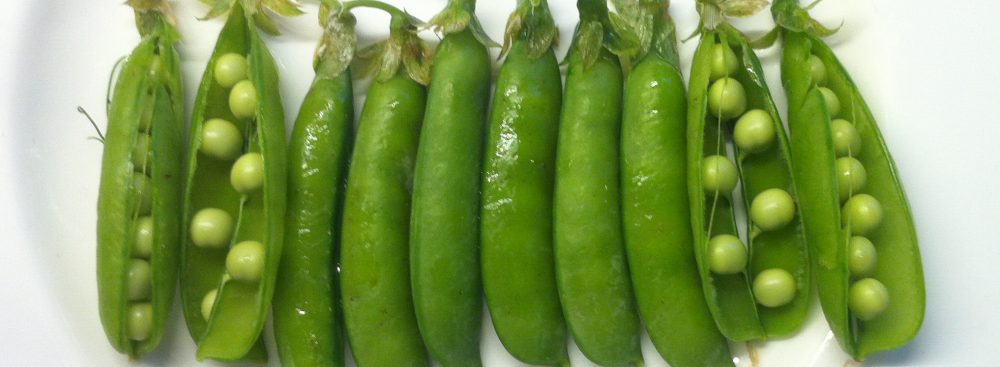Digging can be hard work but need only be done once. If you have a virgin plot which has never been cultivated or has been neglected for a long timethen the following method for preparing it to grow crops is useful.
Any ground that you do not need to cultivate immediately should be covered in black polythene or bits of cardboard or old carpet to exclude light and thus kill the weeds. It is worth cutting down any tall weeds first using them to start your compost heap.
Ground that you want to use straight away should be turned over. Forget about double digging. The purists and gardening experts will say you must double dig virgin ground. I believe you can create more problems than solutions with this method. If you don’t have a lot of topsoil, putting the sub-soil uppermost reduces overall fertility and makes life hard for young plants and seedlings. By burying compost or manure underneath the fertile topsoil one enriches the top-soil at the expense of the sub-soil which needs organic material the most. Besides, how many of us have gardens with eighteen or more inches in depth of workable ground? Just dig the ground over with a spade being sure to turn the spits right over so that vegetative growth is well and truly buried. Remove the roots of nasty perennial weeds such as dandelion, couch grass, nettles and thistles and burn or compost as described or take to the tip. If you have very well rotted manure or compost available incorporate it into the soil and rake in fish blood and bone at the rate of two handfuls to the square yard and cover with black poly. You can grow cash crops such as lettuce, by planting young seedlings through the poly; also, onions, beans, brassicas, leeks, sweet-corn, courgettes and marrow, celery, celeriac, potatoes, herb seedlings and outdoor tomatoes.
ROTAVATING
Try not to dig too much in the winter. If the ground is wet its better left alone; besides, you should have done most of your digging as crops are removed. Some say rotavating is bad for the soil. I cannot in all honesty agree. I got more produce from my plot when I rotavated it than my neighbour’s, which was dug. A good time to rotavate is when incorporating manure and compost or to create a friable, well aerated bed. Heavy ground should be loosely turned over before rotavating. However, once you have soil in good heart it should not be necessary to rotavate unless you have a very large area under cultivation and wish to save time.

Thanks for that. I have taken over a plot 30m x 10, but it is pure virgin soil that has never been worked before. ‘Trouble is that I’m not sure that I’ll be able to dig it over.
How many times does it have to be rotovated to break the back of the weeds?
Hi Dereck,
My suggestion would be to completely cover the plot with a weed suppressant such as black polythene and leave it through the winter. If you have compost or manure then apply a thick layer before covering with polythene. You could also use cardboard held down with bricks or stones. It isn’t necessary to dig the whole plot and i would only work on small areas at any one time so as not to be overwhelmed. Many crops like potatoes can be planted straight through polythene although you need to be sure the ground is moist. I use mypex or porous weed suppressant. Lots of plants can be started in modules, pots, etc and transplanted. I would avoid rotovating which will just make any weeed problem worse. It is also bad for soil structure. I am not a complete no dig person but avoid it unless absolutely necessary – mostly when harvesting. The trick is to add plenty of organic material to encourage improved soil structure. The less you disturb the soil the fewer weed seeds germinate. You will need to dig out large perennial weeds, but this will be much easier after they have been under a weed suppressant for 6 months. Hope this helps